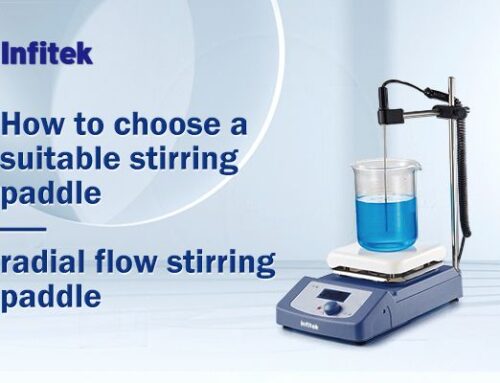Laboratory micropipette is an indispensable tool in the laboratory for transferring liquid samples with precision. In scientific research, clinical and industrial fields, laboratory pipettes play a key role in helping researchers and technicians complete various experiments and applications.
1. Working principle
Laboratory micropipettes transfer liquids from one container to another by aspirating and discharging liquids. The main principle is to use the piston movement in the pipette to create negative or positive pressure to control the movement of liquid. By adjusting the pipette’s buttons or knobs, the speed and volume of aspiration and dispensing can be controlled, allowing for precise liquid transfer.
2. Advantages
Laboratory micropipettes offer the following advantages:
Precise volume control: Able to accurately transfer the target volume of liquid, ensuring accuracy and repeatability of experimental results.
Adjustable operation: The speed and volume of liquid aspiration and discharge can be adjusted according to experimental needs, suitable for different samples and applications.
Flexibility and convenience: The operation is simple and convenient, suitable for various experiments and operation scenarios, and improves experimental efficiency and work efficiency.
Reusability: Durable materials and stable performance ensure reliability and stability for long-term use.
3. Application
Laboratory micropipettes have a wide range of applications in scientific research, clinical and industrial fields, including but not limited to:
Molecular biology experiments: PCR, DNA/RNA extraction, protein analysis, etc.
Cell culture: cell passaging, cell packaging, cell culture medium preparation, etc.
Medical diagnosis: analysis and detection of biological samples such as serum, urine, and saliva.
Drug research and development: drug screening, drug preparation, drug efficacy evaluation, etc.
4. Conclusion
Laboratory micropipettes are key tools for improving experimental efficiency and accuracy, and play an important role in scientific research, clinical and industrial fields. Choosing a pipette suitable for experimental needs, and using and maintaining it correctly will help improve the success rate and reliability of experiments and promote the progress of scientific research and applications.




Get Social